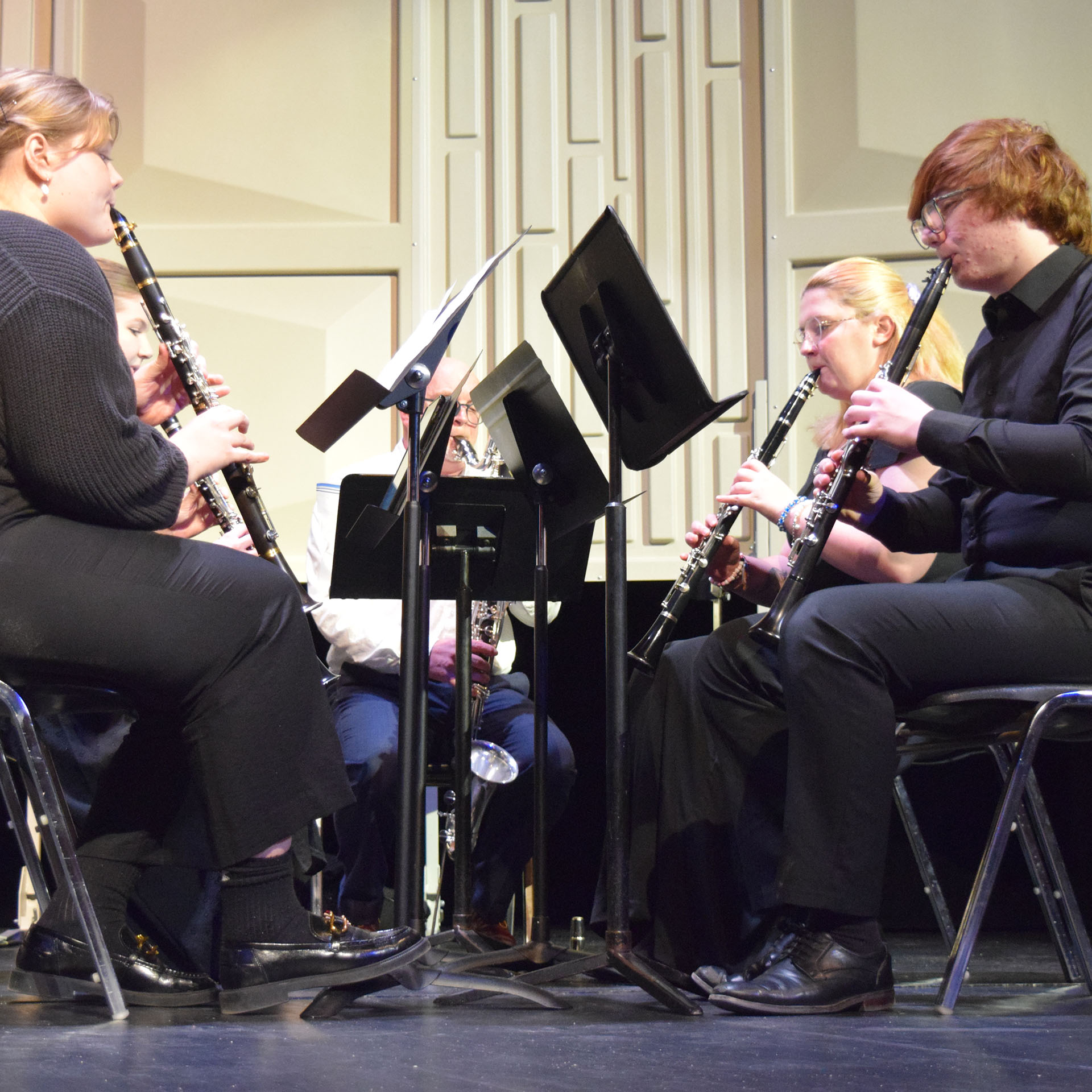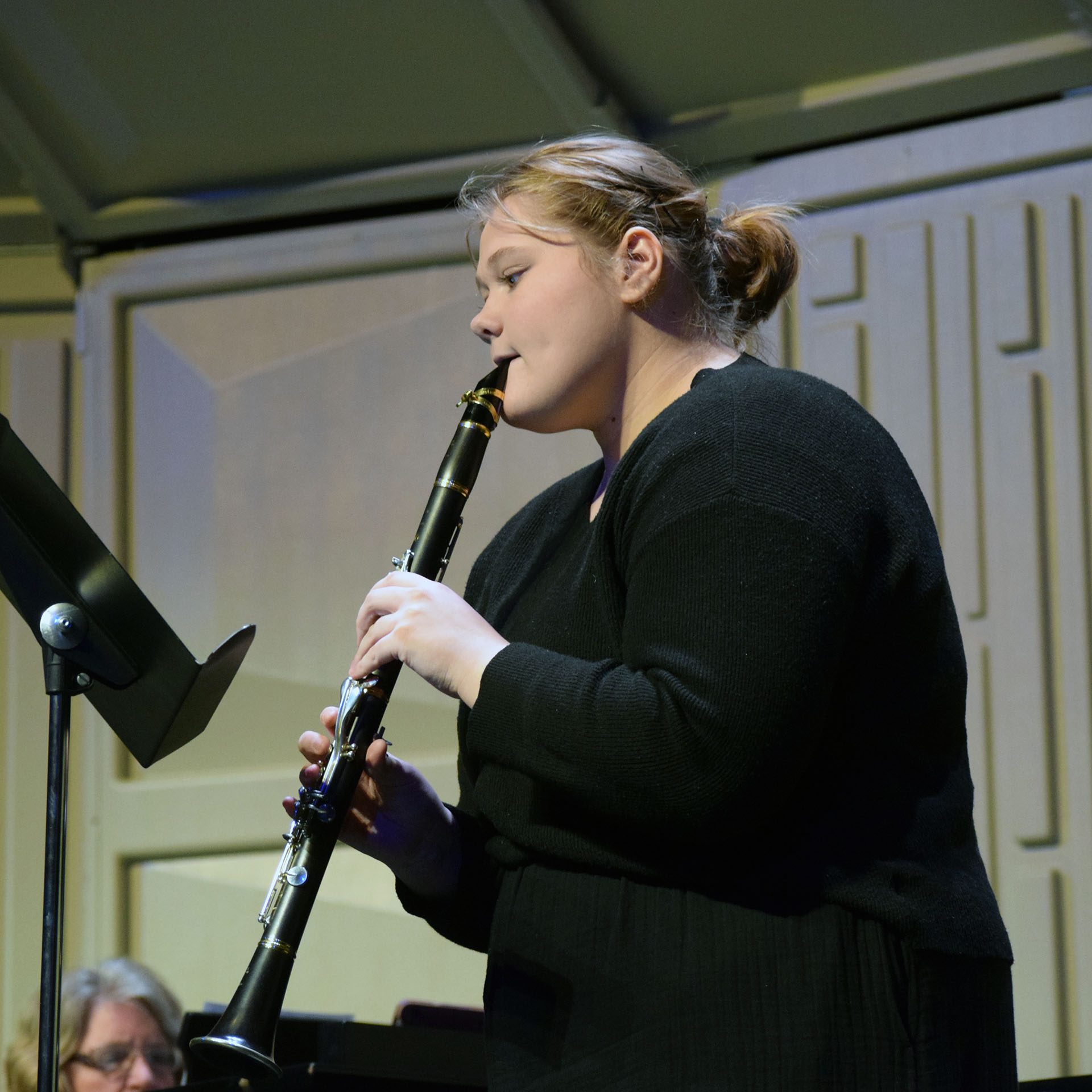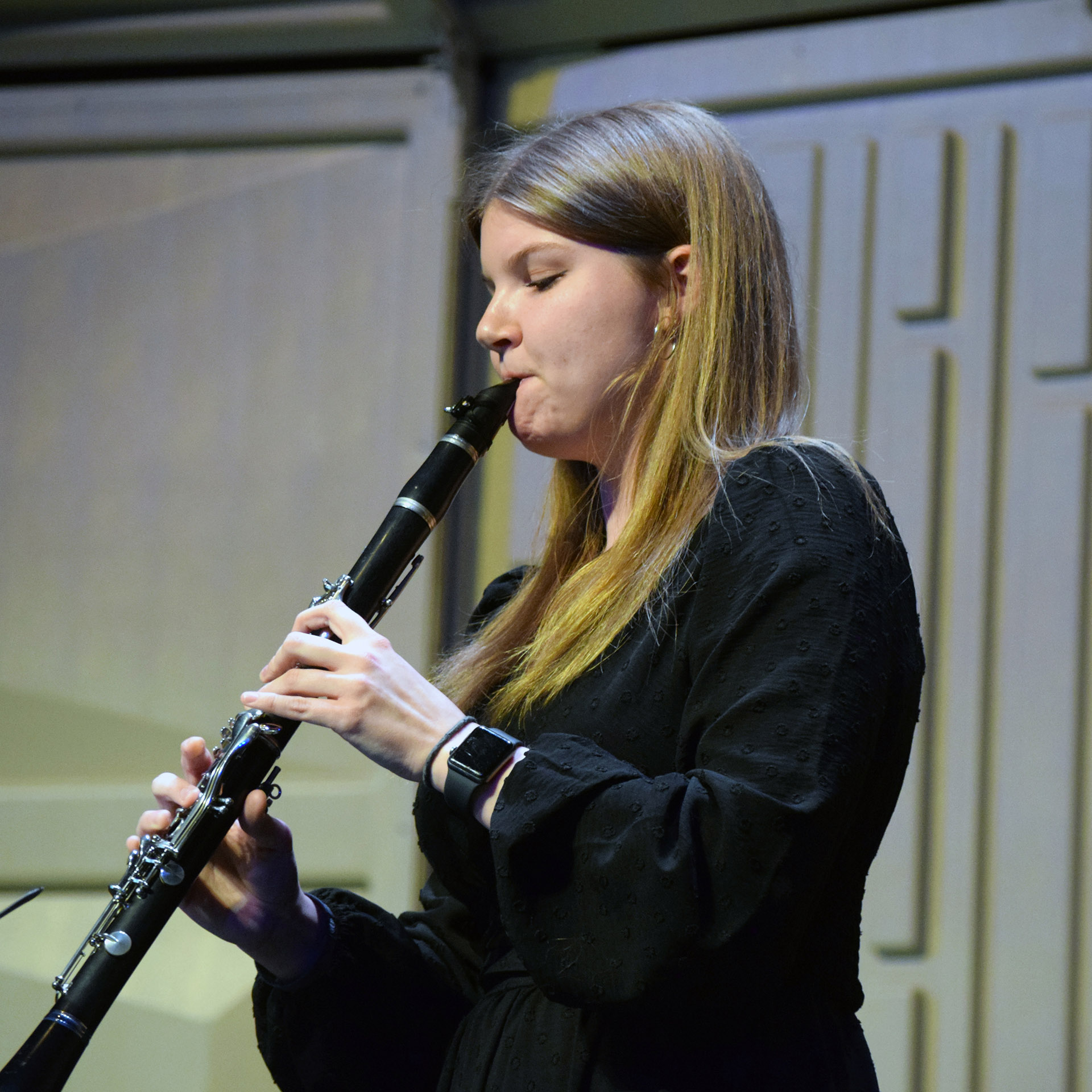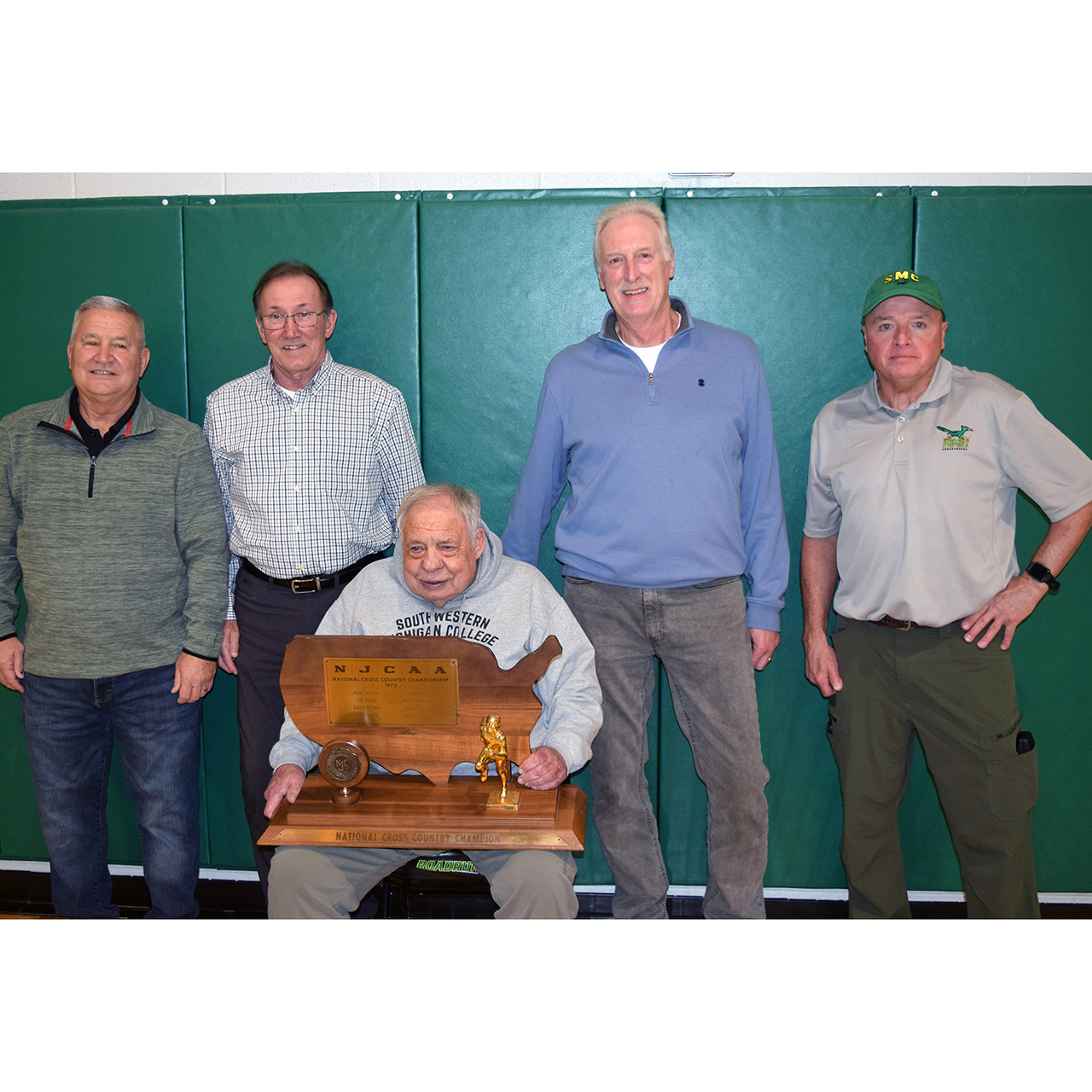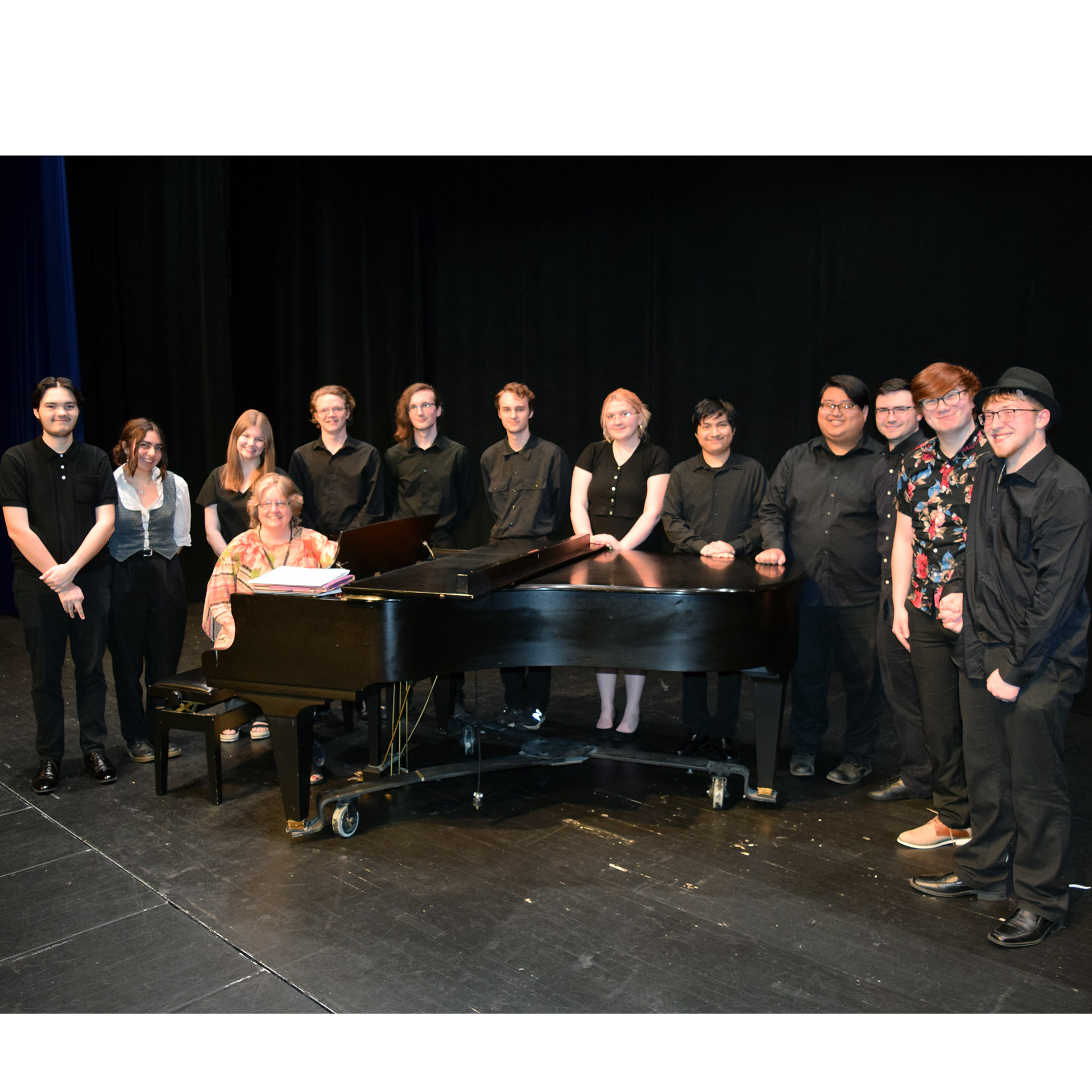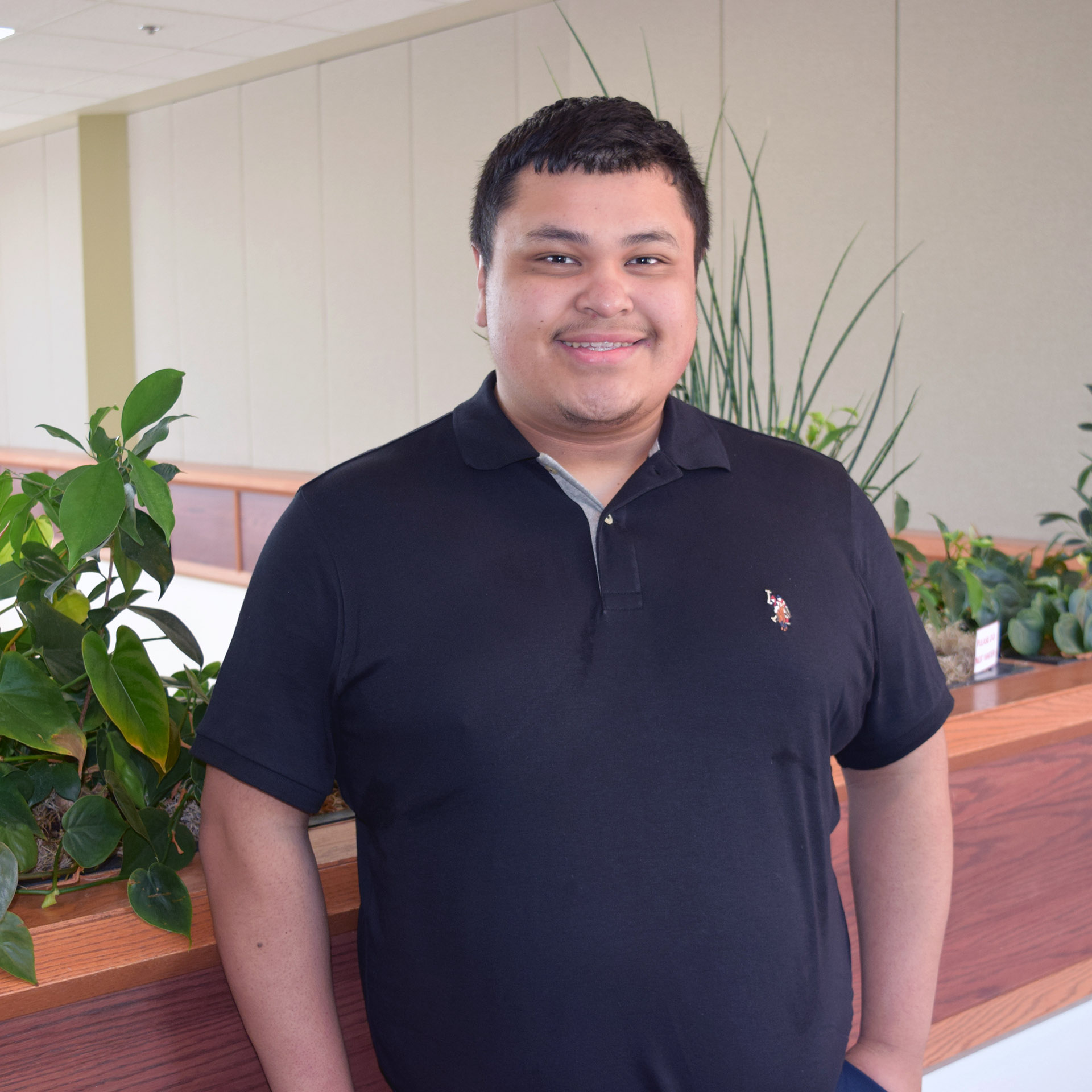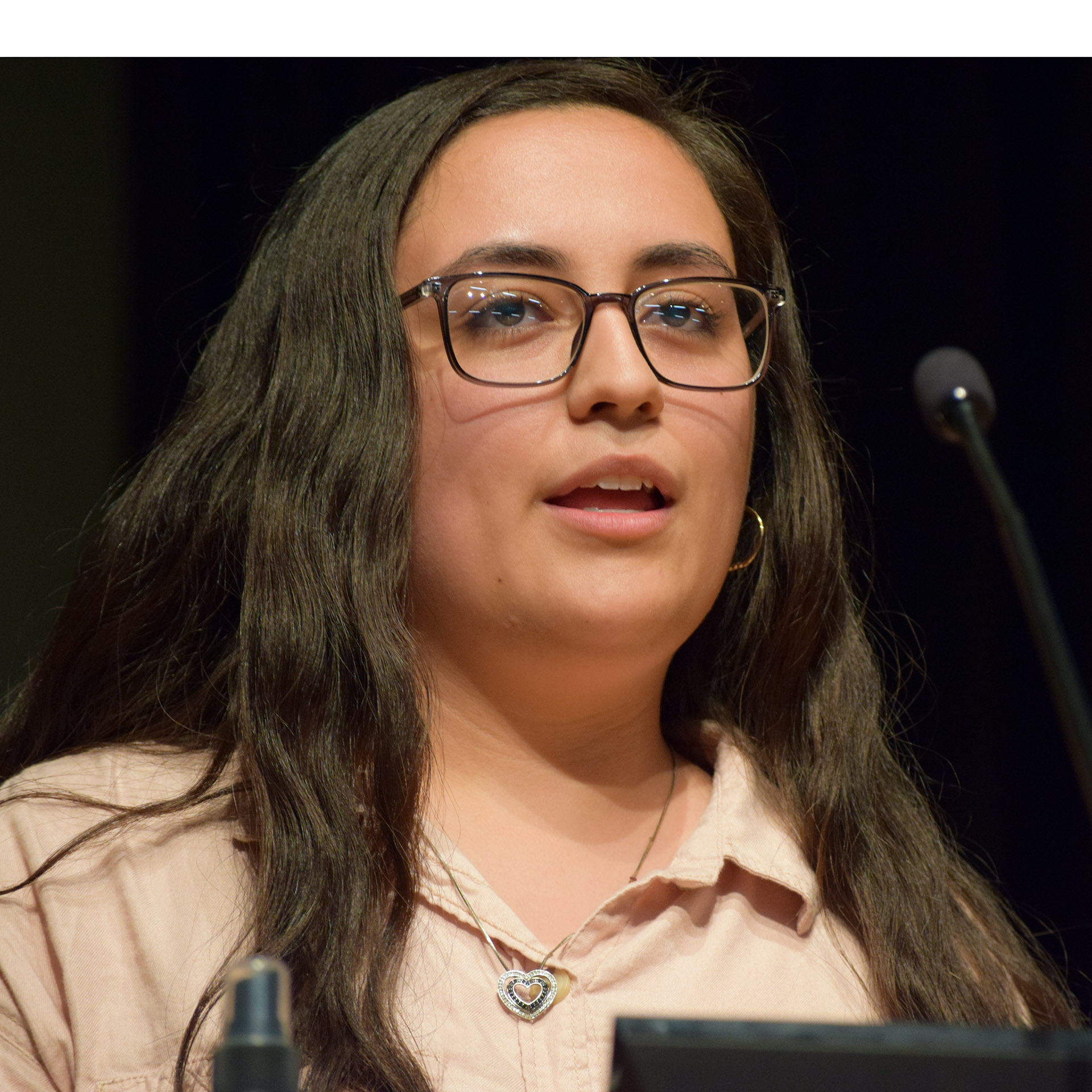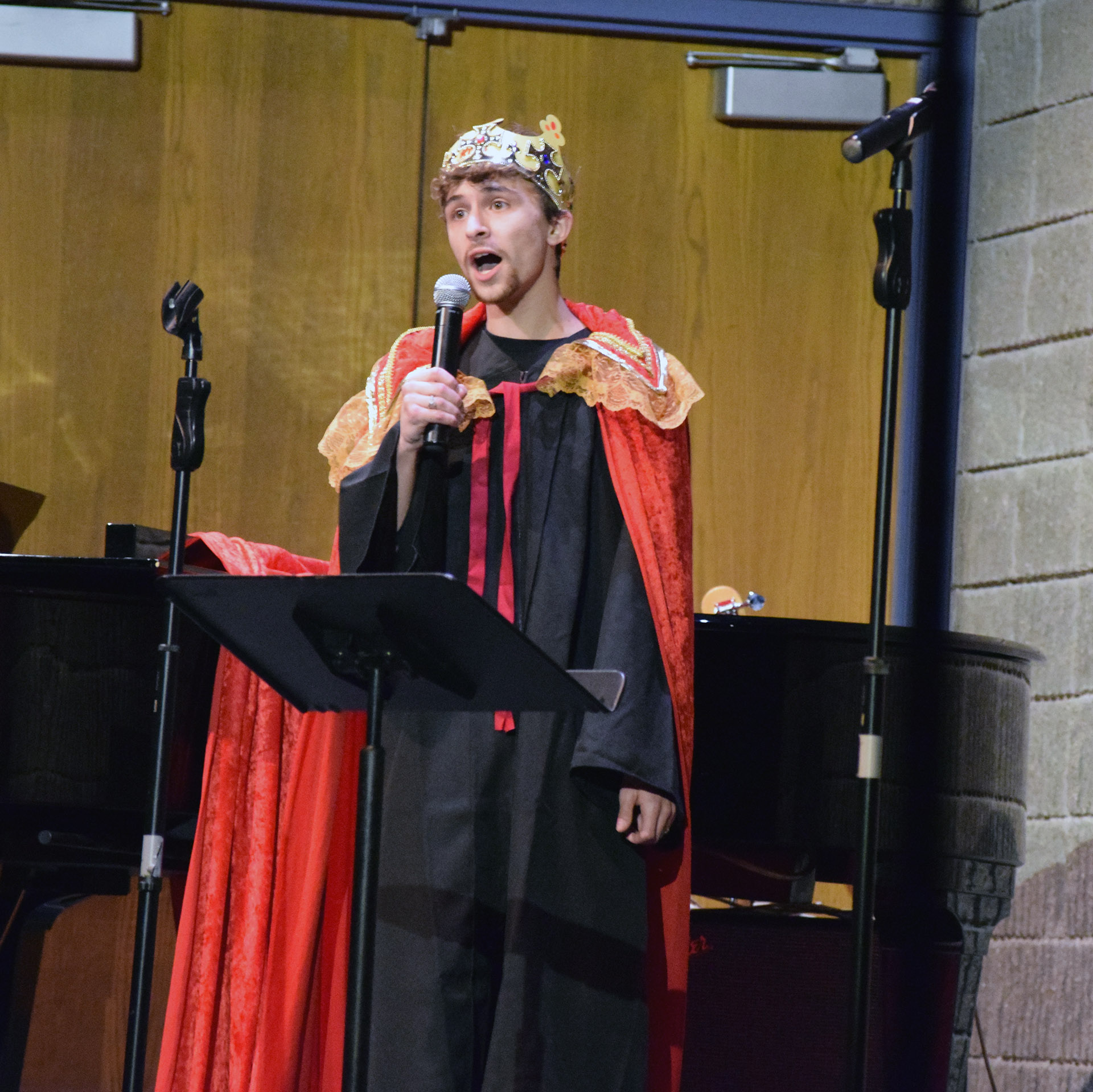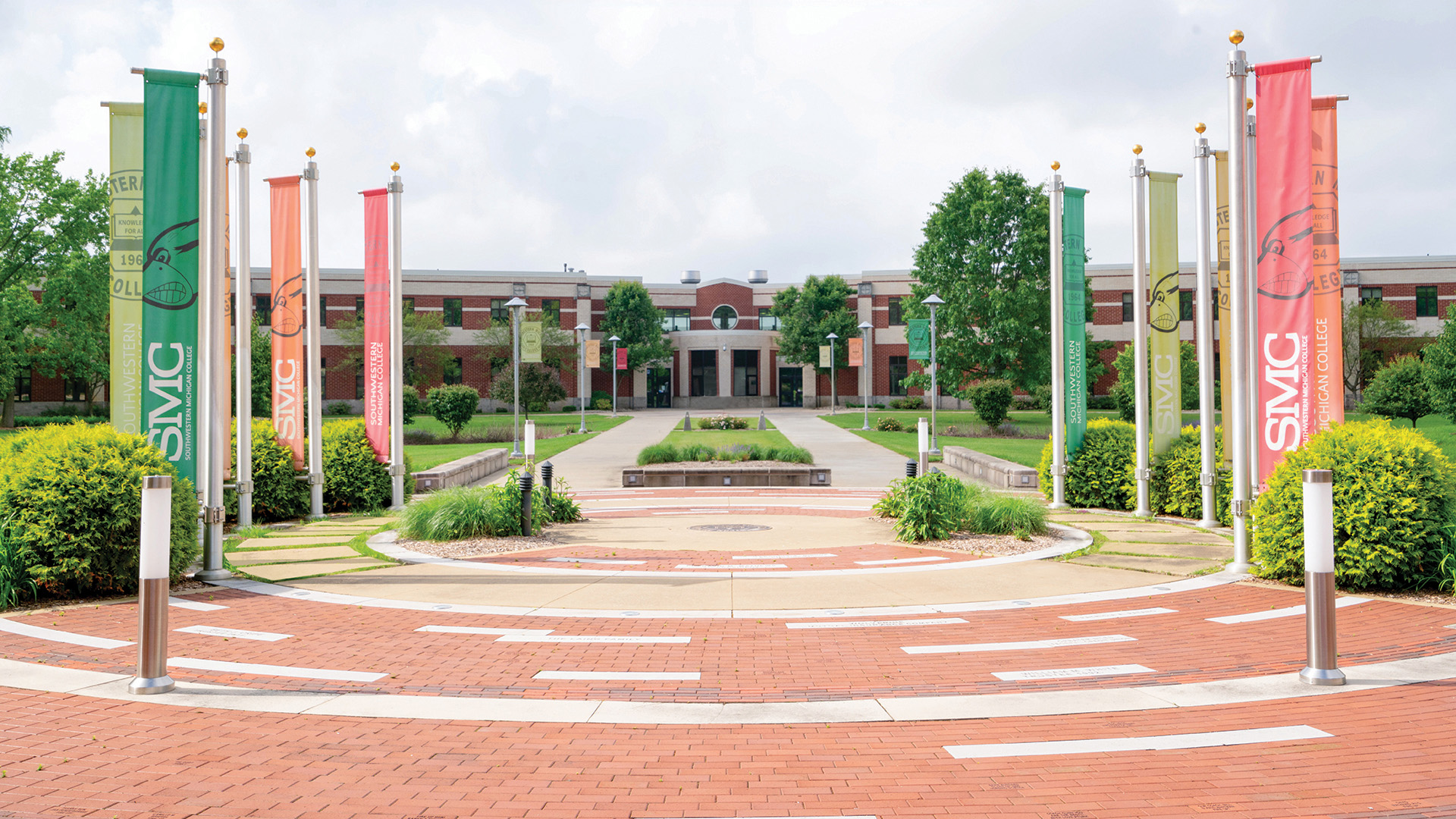
News
SMC's Spring Faculty Recital Features Clarinets
Published on February 7, 2024 - 4 p.m.
Southwestern Michigan College’s “The ABCs of the American Clarinet” shined a spotlight on the often-unsung “licorice stick” Feb. 6.
Joining Scott Kurtzweil for the spring faculty recital were collaborative pianist Christine Seitz, drummer Glenn McFarland and, from the SMC Clarinet Studio, students Dakotah Chandler, Logan Lampe, Madison Sutherland and Mikayla Williams.
Kurtzweil focused on four composers, Artie Shaw, Leonard Bernstein and Aaron Copland, plus Scott Joplin’s ragtime.
Bernstein, whose works include the Broadway musical “West Side Story,” “switches rhythms a lot,” Kurtzweil noted, even in “Sonata for Clarinet and Piano.”
Bernstein wrote it in Miami, where he came into contact with Cuban culture, “so you’re going to hear a lot of Latin influence.”
Kurtzweil performed the first movement of Copland’s “Sonata for Clarinet and Piano.”
“If there’s one American composer who personifies the American west, it’s Copland,” Kurtzweil said. “I’ve often wondered what came first — Copland influencing movie soundtracks or movie soundtracks influencing Copland because I always hear Westerns in my head.”
“He originally wrote this piece for violin,” Kurtzweil noted, “and then in my mind he thought better of it and transcribed it for us, so it’s our piece of music now. It has a lot of those simple melodies and painting with tonal colors. There’s a little bit of hoedown stuff, too” for a square-dancing mood.
Ragtime, such as Joplin’s “Maple Leaf Rag,” is known for ragged, syncopated rhythms. It was the predominant style of American popular music from about 1899 to 1917, evolving in the playing of honky-tonk pianists along the Mississippi and Missouri rivers.
Shaw “made music about the same time as Benny Goodman and Woody Herman, but unfortunately, never got to that level of popular acclaim,” Kurtzweil said, “but the man was a beast.”
Shaw represented the swing era, 1933-47, when big-band music was the most popular U.S. sound.
“I swear he just improvised (“Concerto for Clarinet”),” Kurtzweil said, “because I’ve heard many recordings of him performing this and nary a one sounds the same. Only those of us who pretend we know anything about jazz stick to the script.”
Director of Bands Mark Hollandsworth said, “I’ve known Scott for the majority of my career. Scott wrote marching band drill for me when I taught in Edwardsburg and taught some of my students privately. More recently, when I was teaching in Buchanan, Scott assisted me with the color guard and as a teaching assistant. He’s pretty well entrenched in Michiana for all things clarinet and single reed.”
Besides teaching clarinet at SMC, Kurtzweil works for Conn Selmer and has been designing custom mouthpieces since 2002 for players of all levels throughout North and South America, Europe, Asia, Australia and Africa.
Active as a private instructor since 1987, the LaPorte Symphony Orchestra’s principal clarinetist has presented clinics at the Eastman School, The Boston Conservatory, The University of North Texas and Indiana University. He previously served on the University of Notre Dame music faculty.
Kurtzweil holds a master’s degree from The University of Maryland and a bachelor’s degree in clarinet from Western Michigan University.

